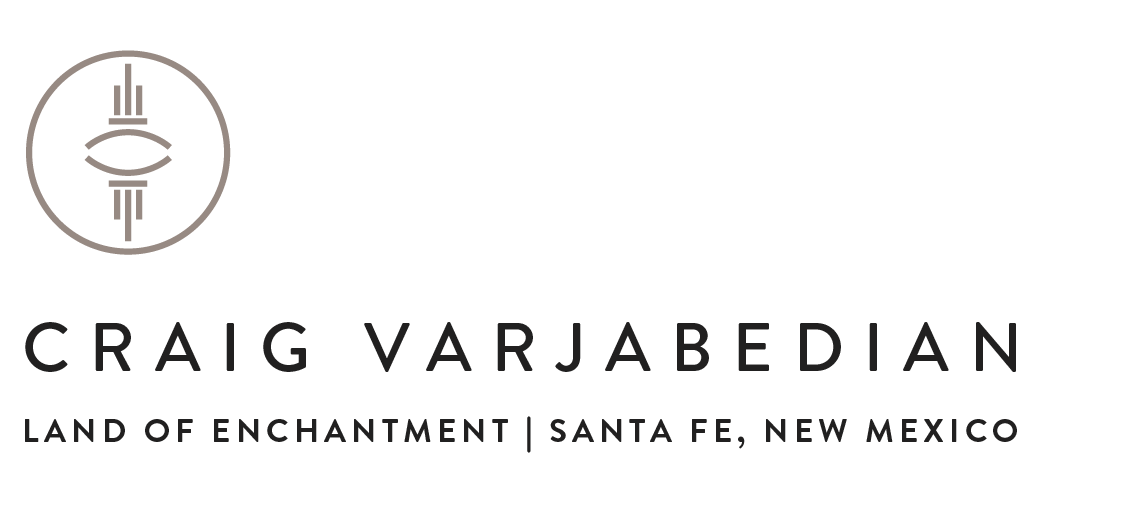Butterflies With Transmissions . . .
[A low rider is] a beautiful metal box which many call home. It doesn’t matter if the manufacturer was Ford or General Motors, their executives in the suburbs of Detroit watching home movies, vacationing in weird Londons—when the metal is yours you put your mark on it. Buying something is only the first step, what you do to it is your name, your history of angles, your exaggeration, your mad paint for the grand scope of humanity. The urbanites will see them like butterflies with transmissions.
—Victor Hernández Cruz, poet
It used to be that out West, you were known by the horse you rode. Nowadays, that’s translated into cars—and certainly in American culture, you and your car can be identified with each other. That’s OK with me, having been fascinated by cars all my life. I guess I owe this to my dad. He’s a mechanical engineer, and I learned a lot from him about mechanical things. Of course, when I was little I thought he was a train engineer—my mother had to teach me the difference. But I never really understood what my dad did until I visited a car factory in Windsor, Ontario, with my Cub Scout troop.
It was a Chrysler plant. Dad gave us the tour. What was impressive was seeing how automobiles were made. We all watched in amazement as wheels were attached and engines dropped in. I could finally understand what my dad did for a living.
Cars have always been a part of my life. When my family moved to the United States from Canada, we lived outside Detroit. I have a soft spot for cars: even though I seldom photograph them, I like to keep up with what’s new, and if there’s a car show nearby, I like to go.
That’s where I saw this car, which is named Chimayo and is owned by Victor Martínez. I saw it in a car show in Española and said, “Wow.” It was a very quiet “wow,” more like a prayer than an exclamation. This car had Victor’s heart and soul in it and on it. Even though he drove it back and forth to work every day, Chimayo was his baby, his masterpiece. It was a Cadillac, airbrushed on both sides with the familiar street scene of the village of Chimayo. It also had on it a precisely and lovingly rendered image of the historic church known as Santuario de Chimayo.
At the time, I was looking for concrete expressions of Catholic faith for the book By the Grace of Light. I wanted images of religion made manifest. This car, serendipitously, represented not only a driver but also the driver’s family, town, community, and faith. I asked Victor if I could photograph his car, and he agreed.
Victor lived in Chimayo, so that’s where we planned to meet. Because he worked days and needed the car, we would have only a small window of opportunity to photograph Chimayo.
I had no idea where I wanted to photograph the car until Victor and his nephew drove into the Santuario parking lot. Suddenly I had a vision, a mental picture, of the car in front of the Santuario gate. It was a wonderful juxtaposition: I loved the way the adobe walls mirrored the shape of the car. What a wonderful tribute to a holy place.
Victor’s nephew pulled the car in, beaming as he did so, and I began to work. We created a bit of a stir. The church had closed and Father Roca had gone home, but tourists, visitors, and townsfolk started to come by and watch, interested and courteous. Some people went home for their cameras! With all that good will and with twenty minutes of summer daylight left, I made this photograph. It is a once-in-a-lifetime image that would be difficult to reproduce, because there is now a concrete barrier in front of the gate.
The architect and designer Ludwig Mies van der Rohe once wrote that “God is in the details,” and I extend his thought to Chimayo the car and the beautiful adobe churches of New Mexico. One might not think that a car could reflect faith, but it is the details of this car that demonstrate respect and devotion. Faith is also found in the church’s adobe bricks, which are held together by straw, earth, water, duty, and devotion—even if the last two are less obvious than the material elements. In this photograph, the Santuario and Chimayo form a contemporary and meaningful image of faith.
An excerpt from Four & Twenty Photographs: Stories from Behind the Lens Photographs by Craig Varjabedian Published by the University of New Mexico Press
In his quest for those convergences of light and mood that define a great image, fine-art photographer Craig Varjabedian has spent decades exploring the secret corners of New Mexico. The surprising moment, for instance, when this mare’s eyes met the camera just as her cowboy, Richard, was looking down, created this shot’s lasting impact. Yet tales of how pictures are captured rarely reach their audience—inspiring Varjabedian and fellow Santa Fean Robin Jones to write Four and Twenty Photos: Stories from Behind the Lens. The book reveals how an artist’s work, and his life, continually intertwine.


